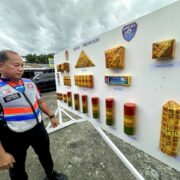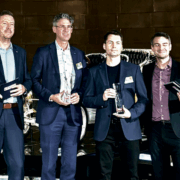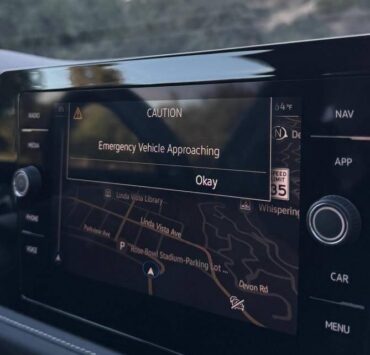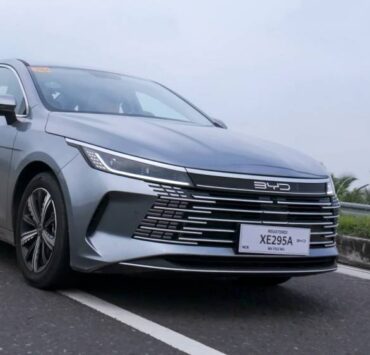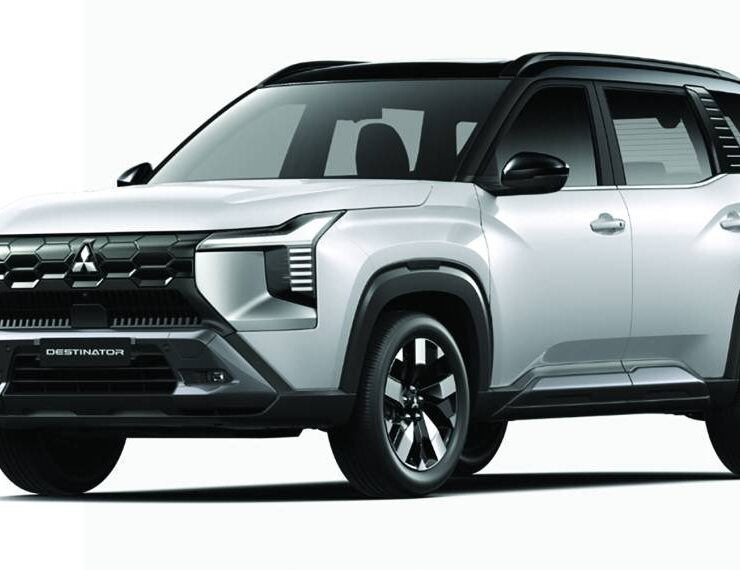The most memorable cars in the last four decades

For Inquirer Motoring’s 39th anniversary issue, we take a look at the cars that defined an era of the Filipino motoring public, particularly for enthusiasts who got motorized and helped the economy boom and grow to where it is today.
We thought that these cars should be models that were officially made available through the brand’s respective authorized distributor and dealers, was sold for at least a decade or spanned a few generations (no one hit wonders) and were introduced or was available in 1985 until anytime up until today. No grey-market units too of course as we support only official imports.
This list encompasses a very broad range of cars and we’ll try to touch on all of them briefly.
Lastly, this list is by no means definitive and objective. This list is composed of cars that made a huge impact on me and arguably the rest of my generation primarily as I saw cars from my youth that left an indelible mark very much visible until today.
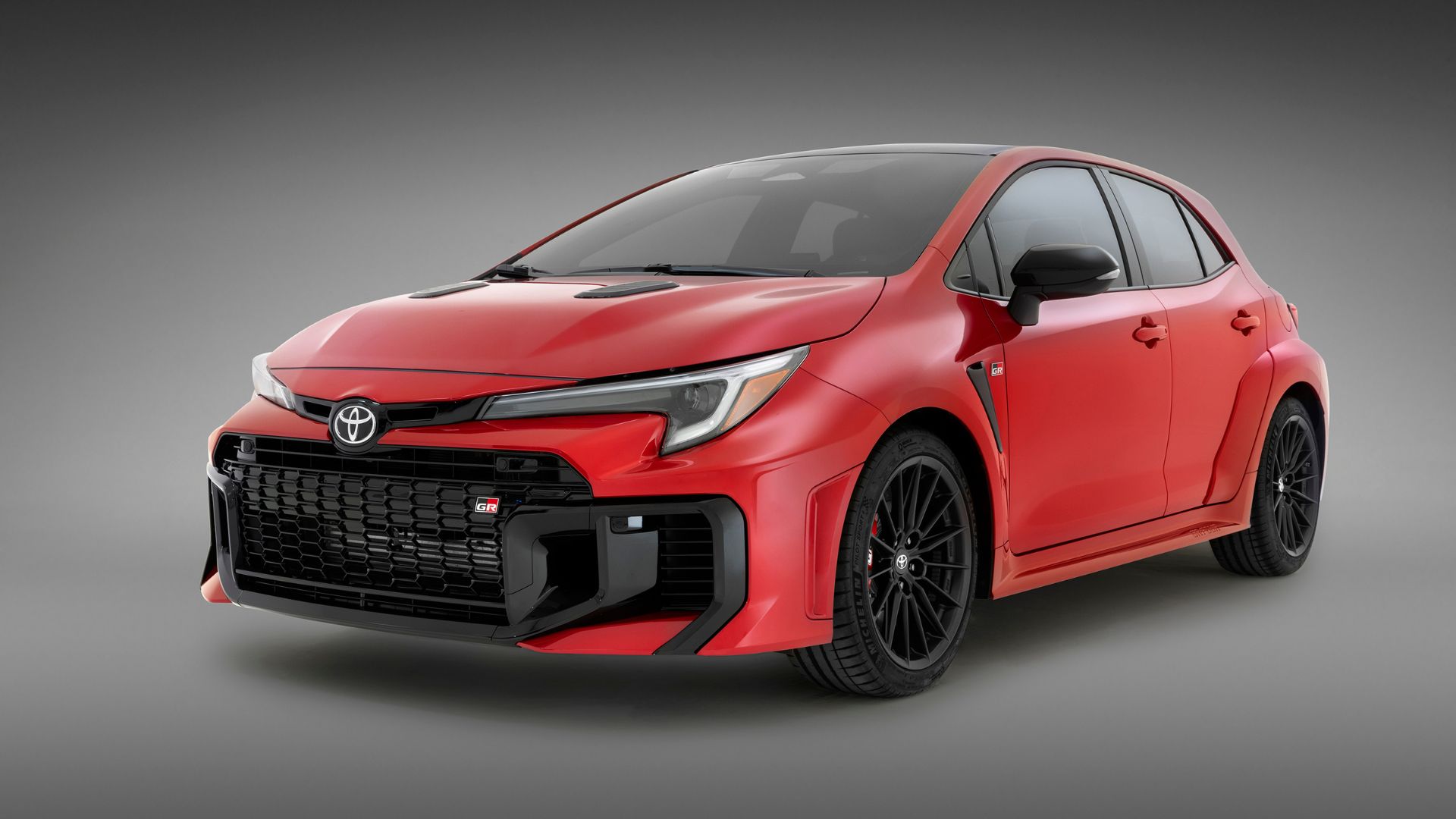
The Toyota Corolla
The Corolla AE92, or the small body Corolla as it is fondly known, was the brand’s first front-wheel drive Corolla. It was also later the first car to be made available with a dual overhead camshaft 4-valve cylinder head, previously only reserved for purebred racing cars. The Corolla lived on for three generations: AE92, AE101 (big body Corolla) and the AE110 (Love Life Corolla) before evolving into the Corolla Altis and today alongside the sedan, the Corolla Cross crossover. It is the best selling car in the world with over 50 units million sold since 1966, and is integral to Philippine automotive history.
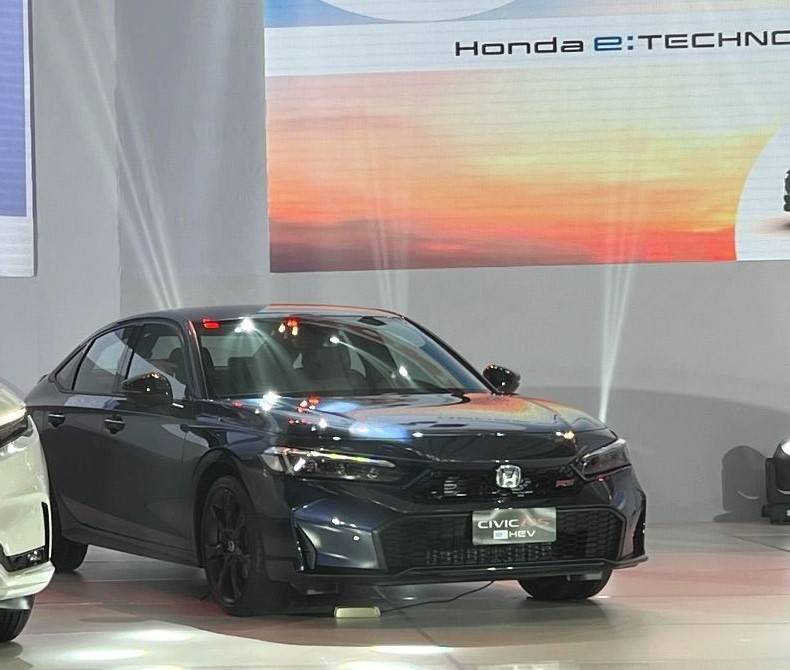
The Honda Civic
If people wanted a sportier, more premium compact sedan alternative to the Corolla, the Civic was the more upscale and “fancier” option. From what started as an economy car option with the EG Generation Civic hatchback, to the giant-killing EK Civic SiR with its mighty B16 twin cam engine that offers an amazing 100hp per liter of naturally aspirated specific output (an engineering achievement where only brands like BMW and Ferrari have previously achieved), to the epoch changing FD generation of the mid 2000’s, and today the successive supercar slayers of the FK8 and FL5 generations of the Civic Type-R. It remains a highly desirable sports sedan, highly tuneable and also highly capable on track and on a winding piece of road. To date, Honda has sold a total of 24 million units worldwide since its introduction in over 50 years. Of course it is also an integral pillar in our motoring history.
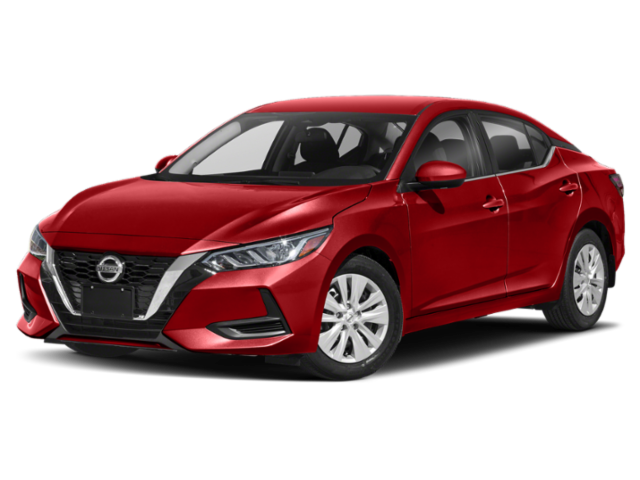
The Nissan Sentra
While many a Nissan Sentra ended up as taxis, it was another fan favorite among high-milers, fleet users and those who wanted sneaky fast and unassuming cars.
Nissans were partly built on the reputation of having amazing air-conditioning systems that cooled the cabin like the north pole. This made it popular in our country with its heat especially during summer. It was also surprisingly well-equipped for its price, feature-wise making it a fleet favorite. And lastly, it was sneaky-fast making it a surprisingly popular alternative in the local touring car races. I remember the Ramirez racing family racing a fleet of these Nissan Sentras back in the now closed Subic International Raceway in the 90’s.
And because it was actually a very good race car, it developed a cult-following in the local custom car tuning culture. Thus, its reputation was cemented and back in the mid 90’s up to the late 2000s, the Sentra was hugely popular.
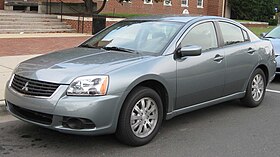
Mitsubishi Galant
Imagine mankind discovering fire for the very first time. Fire was power; fire allowed man to do so many things better, easier and more effortlessly. This was the same impact that Mitsubishi’s two Galant models had in the Philippine motoring public.
The Galant is memorable particularly for two of its model variants: the sixth generation with its GTi variant, equipped with the legendary 4G63 two liter twin cam engine and the seventh generation VR variant with the silky smooth 6A12 V6 engine which was one of the first six-cylinder mass market executive cars in the country. The power and torque both vehicles offered was unprecedented. It helped that the Galant had a rallying lineage as Mitsubishi’s weapon of choice in the World Rally Championship, giving it a motorsports pedigree that no other executive sedan held.
Thus the Galant was the executive express of choice for up and coming stock brokers, bank executives and others working in the finance sector.
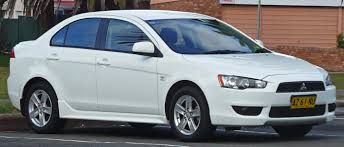
The Mitsubishi Lancer
Another cult classic, and a pillar of our motoring history is the Lancer. Unlike the Corolla, Civic and Sentra which enjoyed a popular motorsports pedigree born on the smooth surface of a racetrack, the Lancer enjoyed a reputation built on ALL surfaces: dirt, gravel, snow & tarmac. The Lancer, starting from the ubiquitous third generation, Colt-based “Boxtype” Lancer (because of its boxy shape, and I’m sure every motorized Filipino family has probably owned one at some point) all the way to the seventh generation “pizza” (with its tail lights that looked like a slice of pizza) was known for and is still popular in rallying. It even had a truly supercar slaying high-performance variant called the Lancer Evolution that won the World Rally Championship (both driver’s and manufacturer’s) numerous times with legendary drivers like Tommi Makinen, Richard Burns, Marcus Gronholm, Gilles Panizzi, Hari Rovanpera and more. Makinen famously won the WRC Driver’s championship four consecutive times from 1996 to 1999.
Beyond rallying, it was a cult favorite as well among enthusiasts, with colorful names like the Lancer “itlog” so called because of its ovoid shaped tail lights and the Lancer “singkit” because of its squinty headlights. These endearing names make the Lancer another pillar in our motoring history.
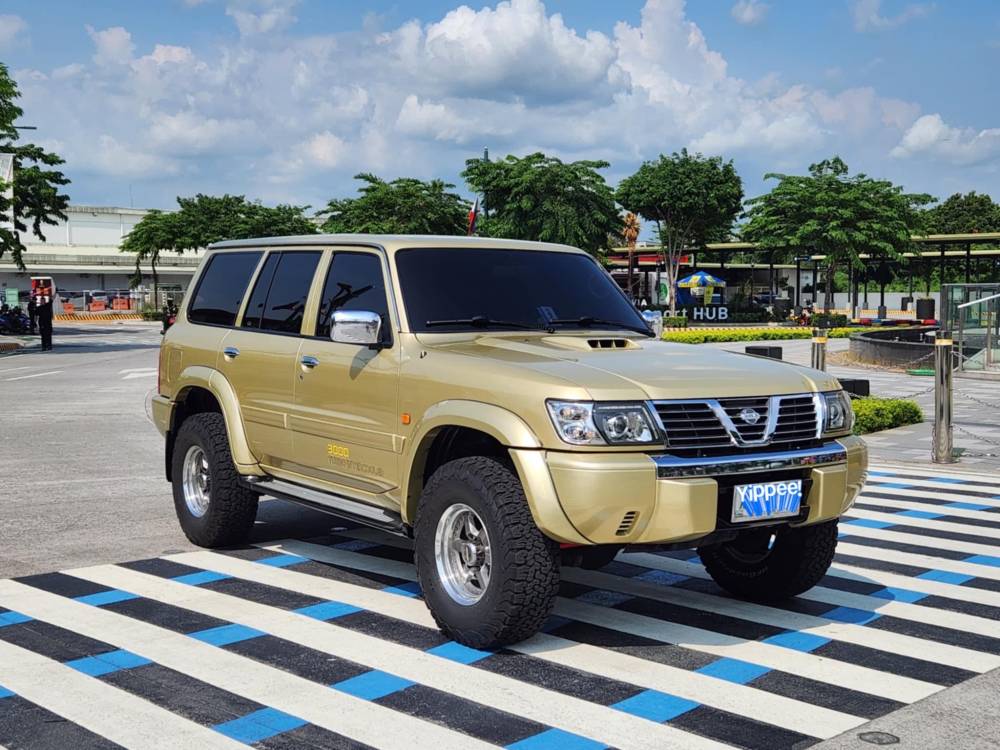
The Nissan Patrol
Back in the late 90’s to early 2000’s, Nissan ran a masterclass of an ad, a lesson that will probably go down as one of the very best ads that company has ever run in print. It was a picture of then President Fidel V Ramos, one of the country’s finest statesmen riding inside a Nissan Patrol through a crowd wildly and enthusiastically cheering on the President that pulled us out of the dark ages. The tagline (at least how I remember it) underneath the photo said it all:
“It’s (referring to the Patrol) an economy car. It’s used by people who run the economy”
Brilliant. In one sentence, the Patrol communicated power, influence and the control. The ability to steer you to better times ahead. And it was brilliant. The Patrol became associated with the ruling class of good-willed, competent and responsible leaders (a far cry from today) who gave us democracy.
It also became a favorite among off-roaders who valued the Patrol’s robust underpinnings and overbuilt chassis, its powerful heart of an engine proving indestructible. No wonder it was the choice of UN Peacekeeping forces, western
Media covering front lines of war zones and areas under a state of emergency. Failure was nit an option for the Patrol.
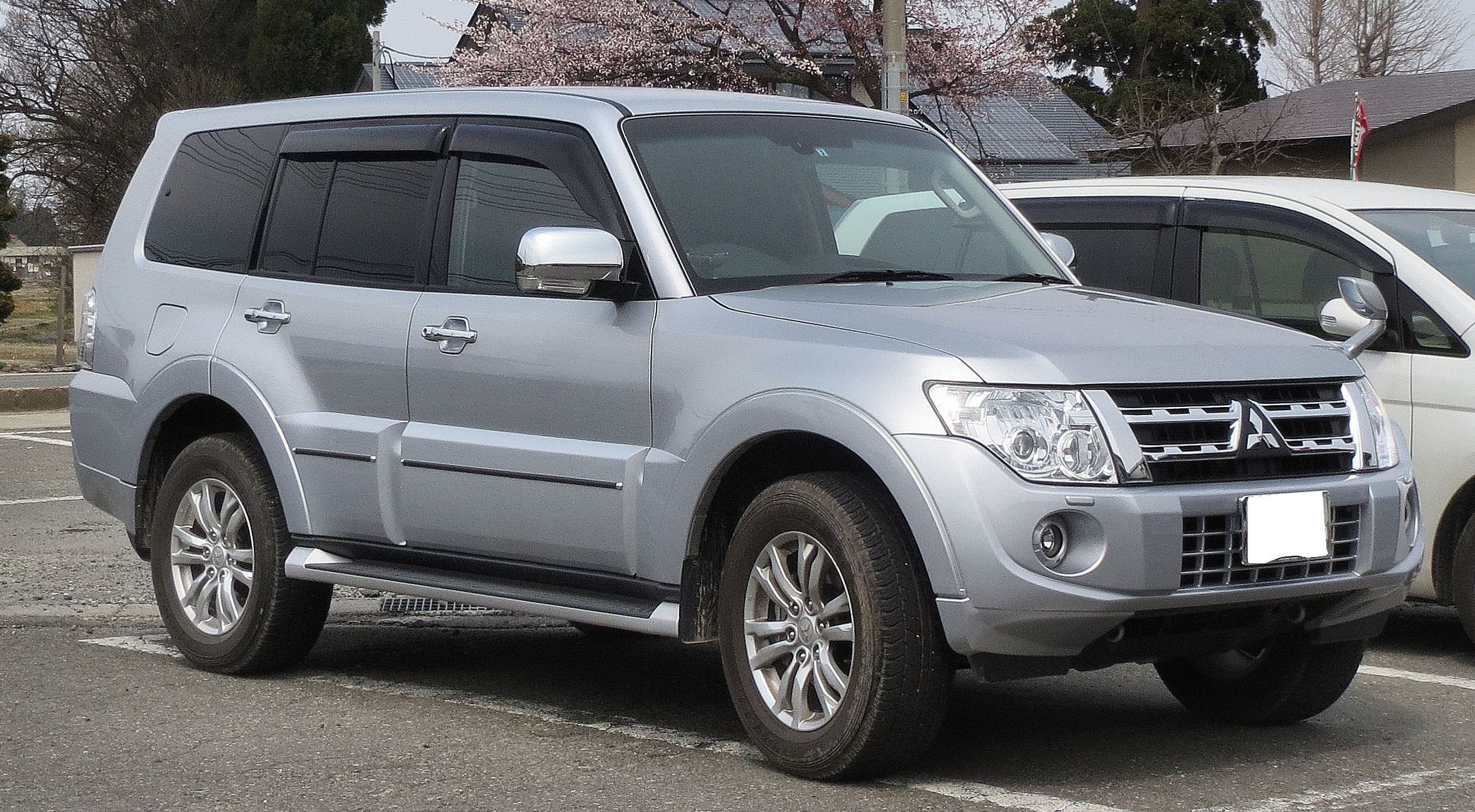
The Mitsubishi Pajero
The Pajero is another model that saw a very long life in the Philippines. Its rally heritage, as well as its simple yet robust architecture saw it as a favorite of appointed and career government officials, people in the property development business, architects and engineers who drove to construction sites and far-away places regularly. There is a huge cult following in the Philippines with the Pajero. Many would modify their Pajeros to look like foreign market equivalents, or even as rally inspired builds. So great was the Pajero’s Paris-Dakar rally-raid legacy that Mitsubishi Motors Philippines even brought in a few famed Pajero rally drivers for major motoring events and car launches like Kenjiro Shinozuka, Stéphane Peterhansel and Hiroshi Masuoka, all of which I had the pleasure of meeting. To this day, the Pajero still has a very solid and very active cult-following. All four generations sold in the Philippines and after 3..25 million sold, Mitsubishi sadly announced its discontinuation in 2021. Here’s hoping we see this icon return in the near future!
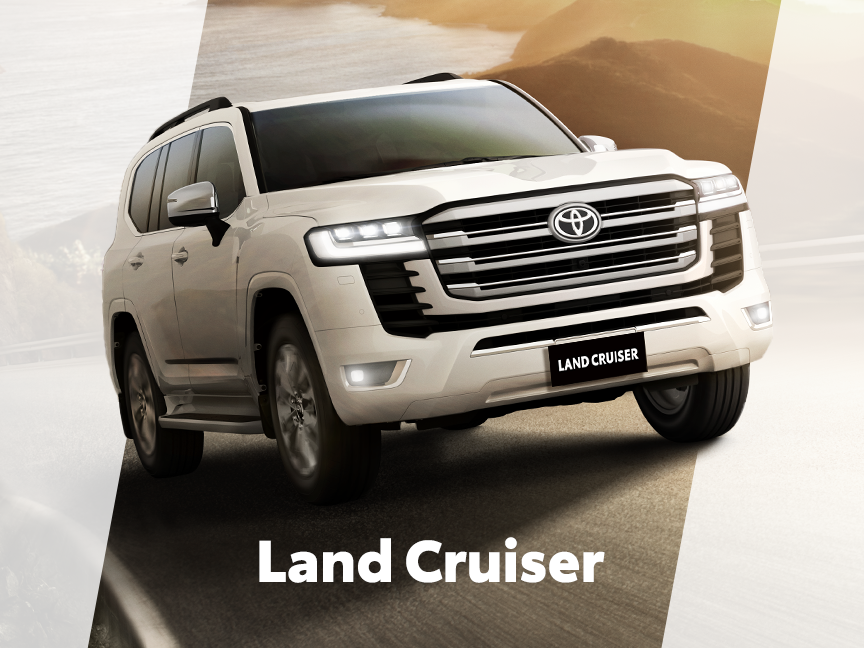
Toyota Land Cruiser
Of course, you can’t have a discussion about the Patrol and the Pajero without mentioning the Land Cruiser.
And unlike the Patrol or the Pajero, the Land Cruiser’s popularity (some say infamy) continues strong today. A universal favorite among politicians, global NGO’s and charities, captains of industry and hard-core off-road fans alike, the Land Cruiser is a true icon. It reflects in its stupendous resale value, difficulty in finding one that’s actually for sale by a private seller (they are very quickly snapped up when selling, but most owners hold onto them for a very long time, and even among car tuning and modifying fans, the Land Cruiser has a multitude of engine, suspension, brakes, wheels, tires and bodykits available to make it into one mean street machine. It has evolved from a humble military vehicle, to a true luxury off-road vehicle with the guts and ability to circumnavigate the globe multiple times without ever giving up in bone stock trim. And that is very much a fact thanks to Toyota’s legendary reliability! Think reliable and the Land Cruiser’s image pops up.
With over 10 Million Land Cruisers of all variants built and sold (and growing) in its 73-year history, the Land Cruiser is an icon not just in the country, but in the whole world!
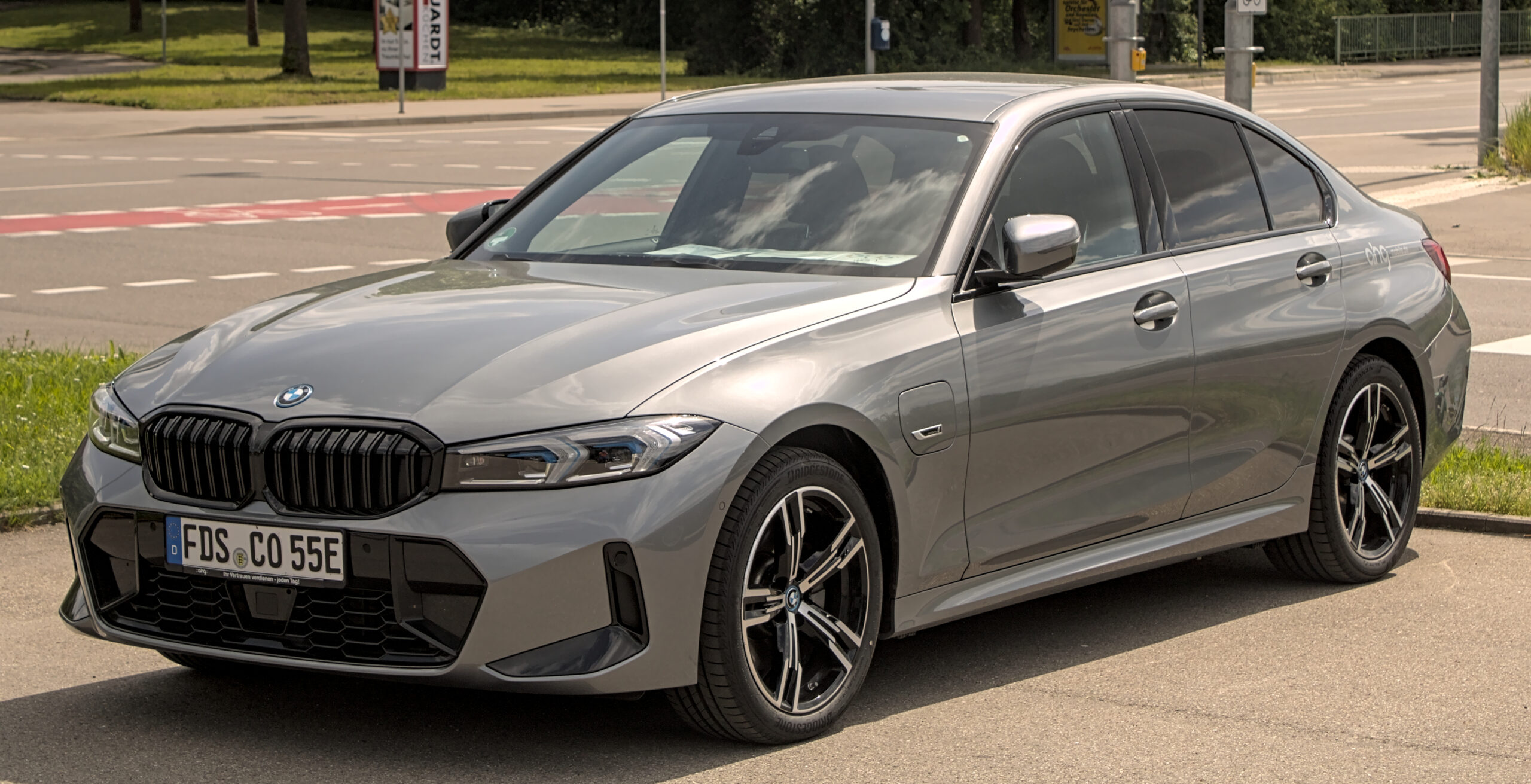
BMW 3-Series
For many, the BMW 3-Series was the gateway to many things previously forbidden to Filipinos: realistically affordable luxury European build quality and reliability, rear-wheel drive purity, and although most got a 316i, for those with extra dosh, they were able to experience BMW’s silken inline-six with the 320i. To drive a proper rear-wheel driven German sports sedan was an experience totally alien, and yet totally enthralling for many who moved on from affordable Japanese rice rockets to a more mature, refined and sophisticated motoring palette.
Today, the 3er as it is commonly known among German car fans is a performance car bargain used, with even the iconic M3 and now M4 models becoming surprisingly affordable second-hand, a popular stepping stone for many before entering proper sports car territory. And also a staple on track-days and amateur, grassroots motorsport activities thanks to its depth of aftermarket support. Many swap out the BMW engines for cheaper, lighter and more powerful engines but want to retain the car’s remarkable balance and agility.
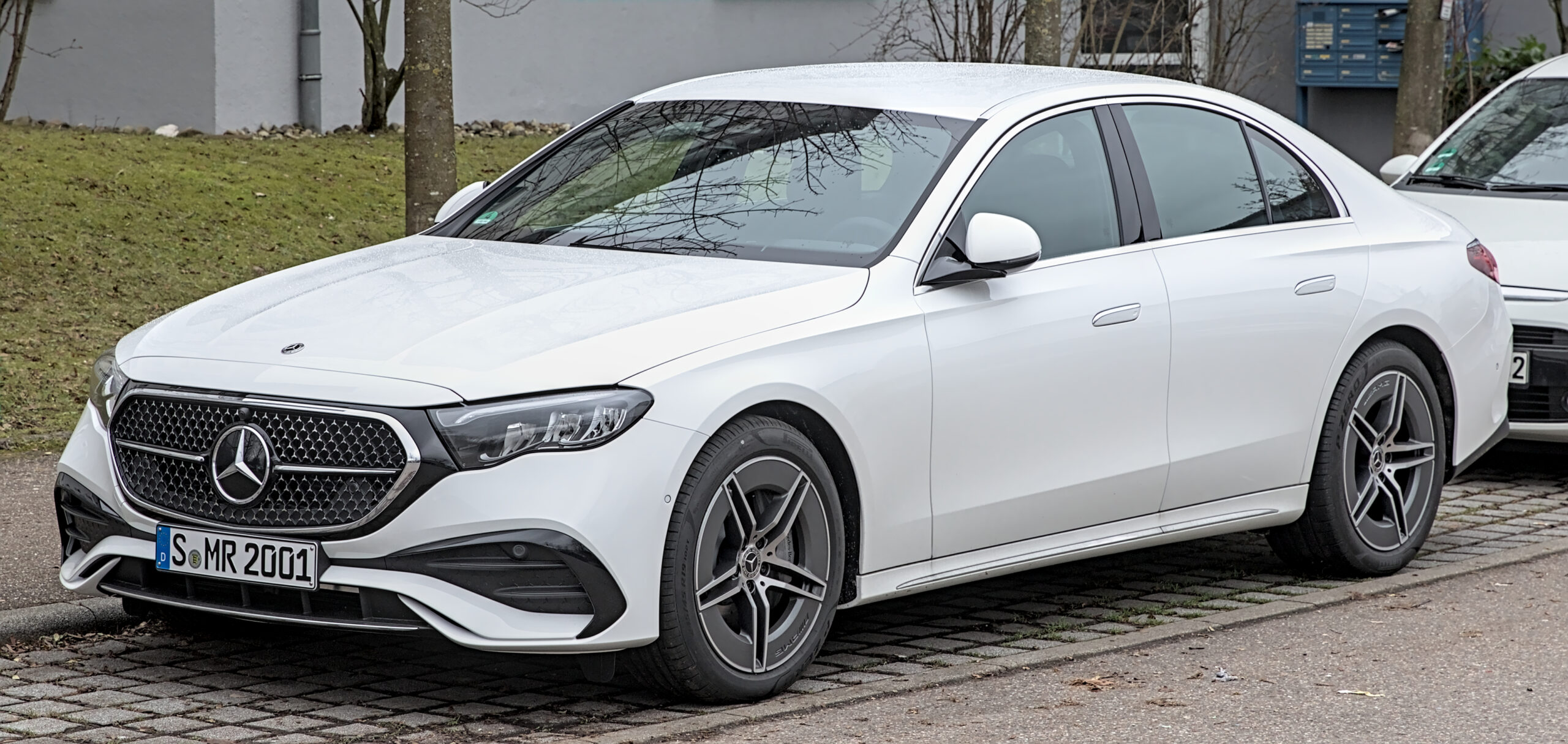
The Mercedes-Benz E-Class
The W123 and W124 epitomized elegance, grace, exclusivity and sophistication in an era before the internet and social media made information accessible. Before the internet allowed us to see what life was like on the other side of the world, one had to physically travel. And travel in those days was prohibitively expensive, unlike today.
The E-Class exemplified someone who could afford to experience a different life abroad, buy the things not readily available locally, and more often than not, unaffordable to the masses. But it was in an understated, low-key manner unlike today hype-chasing that is so uncouth and distasteful. The E-Class continues on until today, and Mercedes-Benz has released the EQE electric vehicle which is essentially an E-Class sized EV.
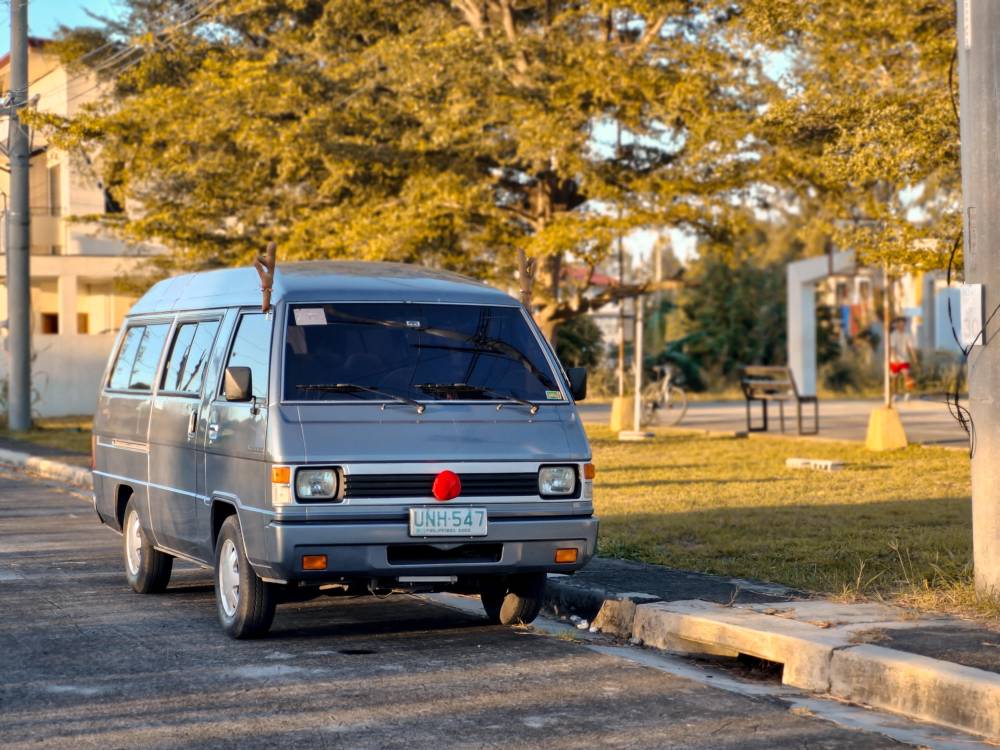
The Mitsubishi L300
While many will fondly remember the L300 as the “Max Alvarado” of cars in cinema (the van variant was often used as the baddie’s goons’ vehicle of choice), it also aped the famous actor’s career which spanned six decades and lives on until today as the basis for a light commercial delivery vehicle, personnel shuttle and many more, past its original van body. It is one of the vehicles that almost every Filipino family has owned, or at least has ridden in one too!
But beyond its numerous silver-screen appearances, the L300 in versa van form was a very popular family car, perfect for the booming Filipino nuclear family, oftentimes with extended family (grandparents) living together in one roof. It helped mobilize an entire generation of whole families together and today lives on, powering the economy, transporting essential goods and ferrying the work force and school children daily.
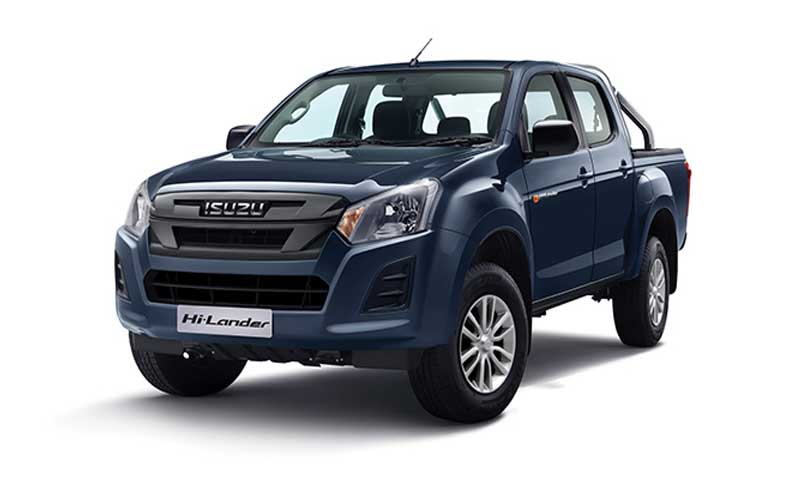
Isuzu Hilander and Crosswind
These two AUV’s helped modernize the original AUVs of the Toyota Tamarraw (see separate story), the Ford Fiera, GM Harabas and Nissan Bida from basic, al fresco motoring to air-conditioned comfort. It provided mobility for large groups of people affordably over all sorts of terrain and weather conditions. They were not particularly exemplary to look at nor to drive, but were in fact very basic. But they were simple, affordable, reliable and easily serviceable by anyone, anywhere, which made them a very popular choice in the province where paved roads were sparse and distances travelled were farther over much more demanding terrain and weather conditions. It helped cement Isuzu’s reputation as “The Diesel Experts” or “The Diesel Authority” in the automotive realm.
Today, some enterprising automotive customizers have even lifted the last generation AUV Isuzu Sportivo, installed aggressive mud-terrain tires and a plethora of lights, giving it a mean off-road stance.
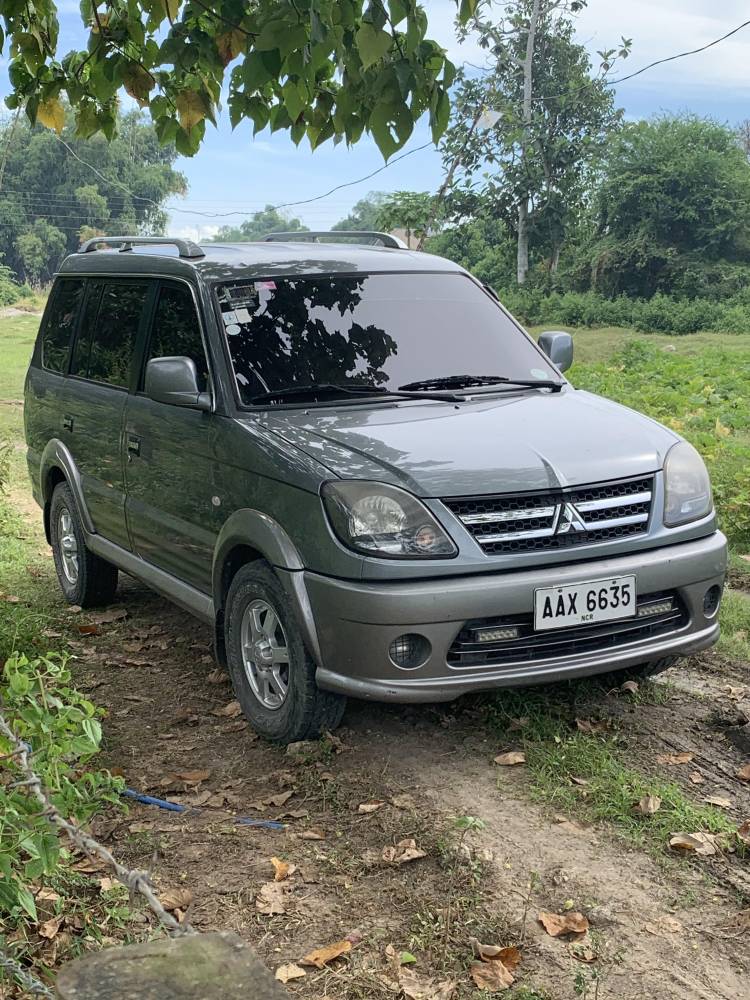
Mitsubishi Adventure
As above, but thanks to its interchangeability of parts, particularly the powertrain with other Mitsubishis, the Adventure was another vehicle that allowed families to travel together over rough terrain reliably. It was produced from 1998 to 2017, almost 20 years. I remember also on one of my nunerous Mitsubishi dealership visits that the Adventure was a favorite vehicle among OFW’s.
Today, the Adventure is survived by the Xpander MPV. Despite being smaller, the Xpander is also more efficient, safer and more aerodynamic, as well as more enjoyable to drive.
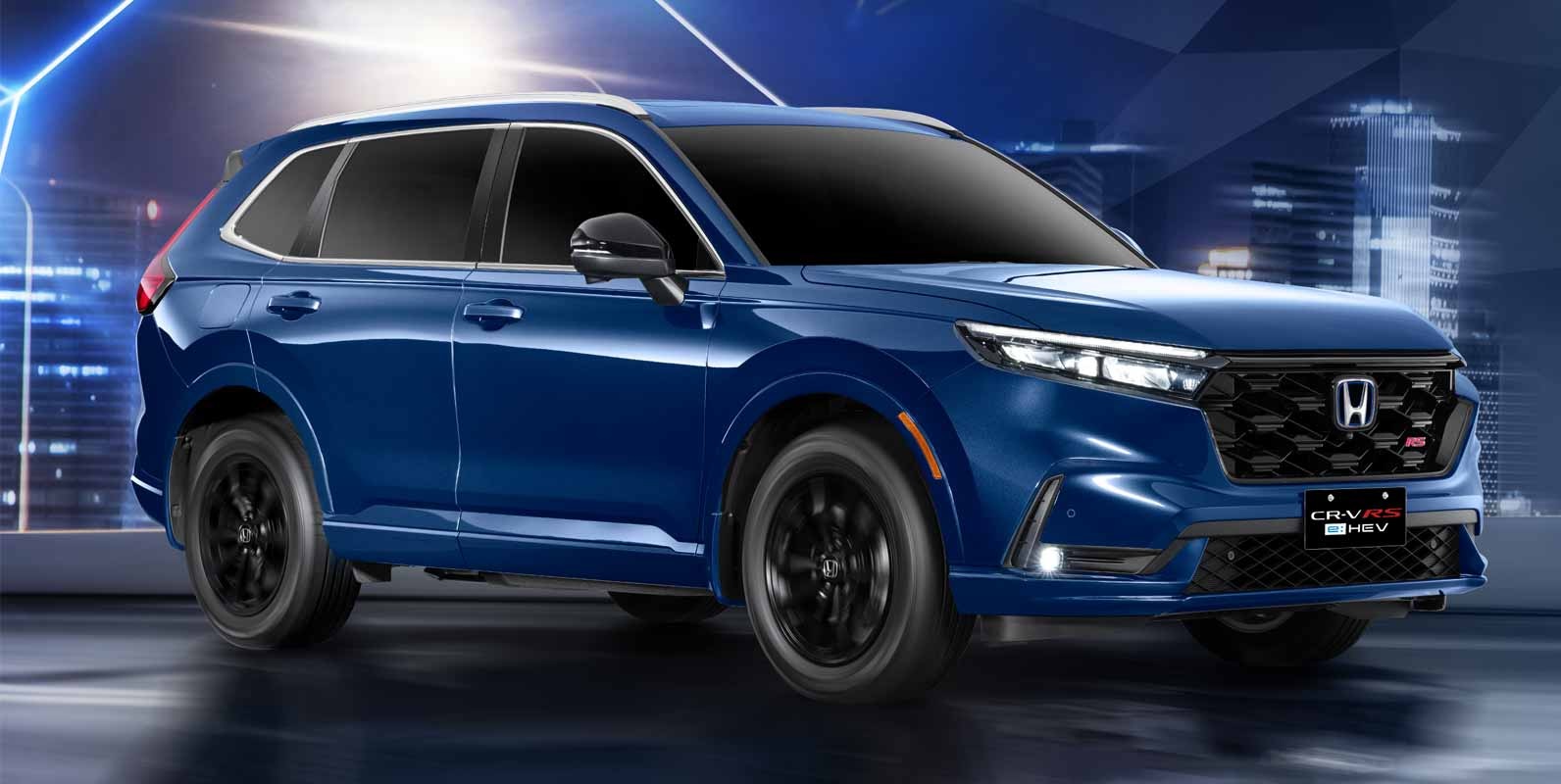
Honda CR-V
I was a freshman in college when Honda launched the CR-V. It is credited for launching an all-new segment of compact soft-roaders, or cross-overs in the country even if the Toyota RAV4 was introduced ahead abroad.
It was the more “posh” crossover compared to the RAV4 and later the Nissan X-Trail, and paved the way for other models like the Subaru Forester, the KIA Sportage and Hyundai Tucson. The CR-V was particularly popular with mothers who led active lifestyles while being hands-on with their child-rearing responsibilities.
It’s also important to note that the CR-V is one of the few models were have had all its generations be sold and continue on today, with the latest seventh generation hybrid model being a true gem!
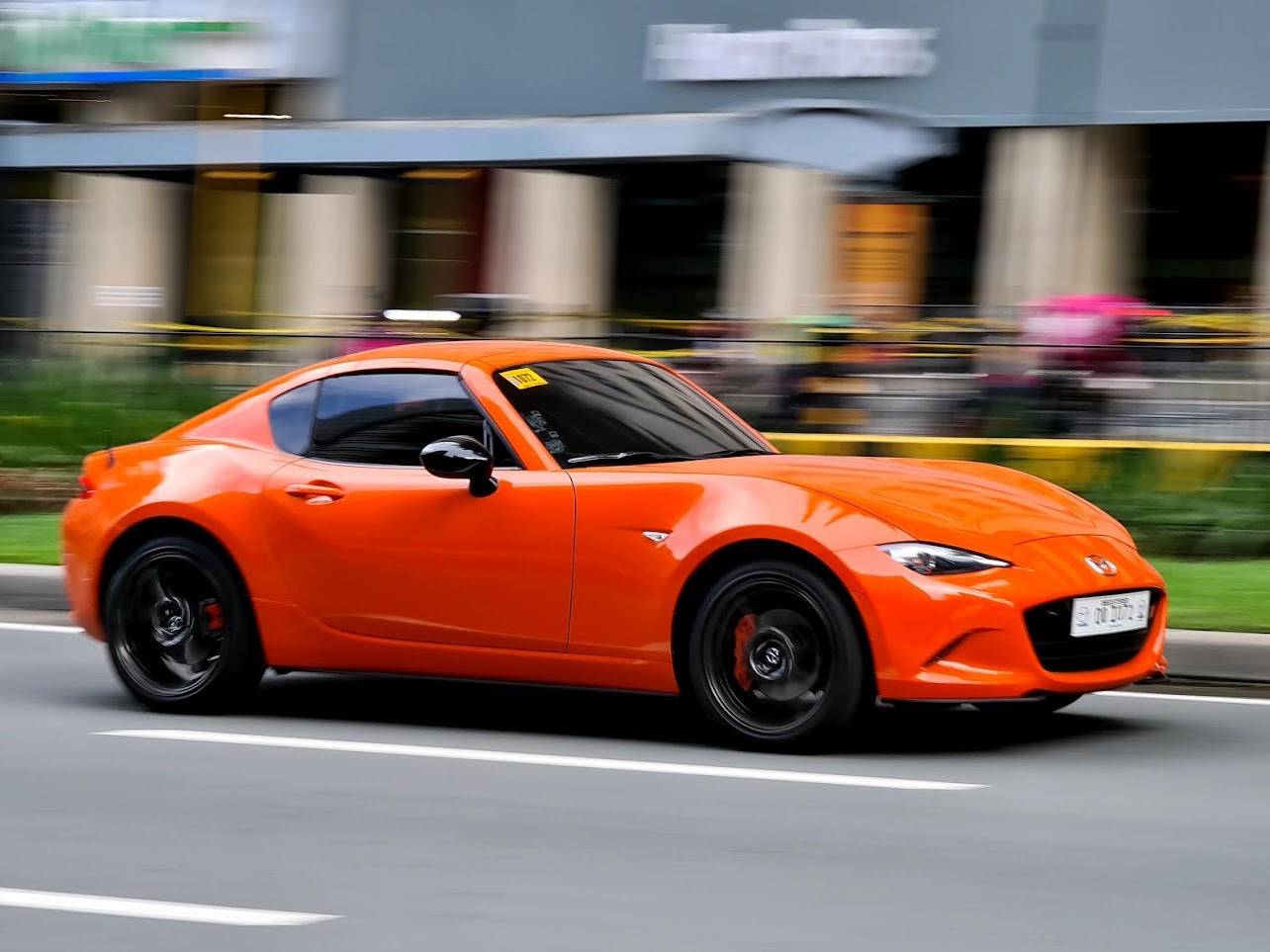
Mazda Miata MX-5
While the Miata has been sold since its first generation NA, it wasn’t until Bermaz Auto took over stewardship of the brand where the Miata’s popularity skyrocketed to the heavens!
Today, the Miata has a huge following as sports cars go, across literally all ages. You’ve got college kids driving and racing an MX-5 in the Miata Spec Series (exclusively for the ND-generation MX-5) and the Miata Cup for older generation models, all the way to gentleman racer grand daddies. It’s also the cheapest brand-new car one can buy to gain entry to the exclusive Manila Sports Car Club.
While the Miata isn’t the fastest, most powerful and most visceral-feeling, it’s one of the purest forms of motoring. It feels one with you. No wonder Jinba Ittai (horse and rider as one) is its tagline! With almost 1.3 million sold in its 30 year history, it is the best selling sports car of all time.






